Understanding Live Music Fans
Live music has an unparalleled ability to engage audiences and create lasting memories. Live Music Fans are at the heart of this experience, actively participating in a landscape defined by emotion, connection, and shared passions. These fans are not merely spectators; they are part of a dynamic community that thrives on musical engagement and cultural resonance. Understanding what drives these fans and how they interact with live music events is crucial for artists, venues, and marketers. By delving into the characteristics and preferences of Live Music Fans, we uncover insights that can lead to unparalleled concert experiences and stronger fan loyalty. For more detailed insights on this topic, you can delve into Live Music Fans.
Who Are Live Music Fans?
Live Music Fans encompass a diverse range of individuals, each bringing unique perspectives and preferences to the concert experience. They can be categorized into several groups based on various factors such as age, music genre preferences, and engagement levels. Younger audiences, particularly those aged 18-34, often gravitate towards contemporary genres like pop, hip-hop, and electronic music. In contrast, older fans may prefer classic rock, jazz, or country music. However, the lines between these demographics are increasingly blurred as access to music evolves.
Moreover, the advent of social media has allowed fans to connect with each other and with artists in unprecedented ways. This enhanced sense of community fosters not just attendance at live events, but also a culture of sharing experiences, whether through photos or live-streaming performances. Despite their differences, what binds Live Music Fans together is their passion for the music and the live experience it offers.
Importance of Connection for Live Music Fans
For Live Music Fans, the connection they feel at concerts goes beyond just the music itself. It’s about the atmosphere, the shared experiences, and the emotional bond formed with other attendees and the performers. This deep-seated need for connection is a driving force behind their attendance at live events. Fans often seek to feel part of something larger than themselves, contributing to a communal experience that enhances their enjoyment and satisfaction.
Furthermore, this sense of connection translates to loyalty. Fans who feel an emotional attachment to both the music and the artists are more likely to support and attend future events, thus driving the overall success of live shows and festivals. Therefore, creating an atmosphere that fosters connection is essential for any artist or promoter looking to maximize engagement with their audience.
Demographics and Trends of Live Music Fans
The demographics of Live Music Fans are continually evolving, significantly influenced by cultural shifts, technological advancements, and changing consumption patterns. Recent studies indicate that attendance at live music events is on the rise, driven primarily by younger generations who prioritize experiences over material possessions. There is a notable tendency among millennials and Gen Z to attend concerts as a primary form of entertainment, a shift that has resulted in increased ticket sales.
Moreover, trends reveal that diversity among concertgoers is growing. Shows and festivals are becoming more inclusive, with artists representing a broader spectrum of cultures and genres, enticing new audiences. This demographic evolution necessitates a keen understanding of various audience segments and their specific preferences, ultimately enabling marketers and event organizers to tailor experiences that resonate with all groups.
Creating Memorable Experiences for Live Music Fans
Creating memorable experiences for Live Music Fans involves an understanding of what excites and engages them. As the live music landscape becomes increasingly competitive, it is paramount for artists and event organizers to innovate and provide unique experiences that stand out.
Factors That Excite Live Music Fans
Engagement is key to exciting Live Music Fans. Factors such as artist authenticity, venue atmosphere, and the creativity of performance all play significant roles in enhancing the concert experience. Fans are drawn to experiences that allow them to form genuine connections with artists. Therefore, intimate settings, such as smaller venues or acoustic performances, often resonate more deeply with fans compared to larger arenas.
Additionally, opportunities for interaction—such as meet-and-greets or Q&A sessions—can enrich the experience, making fans feel valued and acknowledged. Another critical factor is the element of surprise; unique stage designs, unexpected collaborations, and exclusive merchandise can create memorable moments that fans are likely to share, further enhancing the event’s visibility.
Innovative Concert Formats for Live Music Fans
As fan preferences evolve, so do concert formats. Innovations such as VR concerts, drive-in shows, and virtual festivals have emerged, largely driven by the pandemic and the need for social distancing. These formats provide new ways for fans to engage with their favorite artists while maintaining safety and convenience.
Interactive concerts that incorporate audience participation—like live polling or song requests—also cater to the desires of Live Music Fans to engage actively rather than passively. Moreover, incorporating technology, such as augmented reality (AR), can enhance the viewing experience, making it richer and more immersive. By adopting innovative formats, artists and venues can cater to the diverse needs of their audiences, ensuring broader appeal and increased attendance.
The Role of Audience Interaction for Live Music Fans
Audience interaction is vital in the live music context. It not only enhances the atmosphere but also fosters a sense of community among fans. Techniques that encourage audience participation—such as sing-alongs, call-and-response segments, and even fan-led activities—create memorable moments that resonate deeply with attendees.
Additionally, social media has become a powerful tool for facilitating real-time interactions. Artists who engage with fans on platforms like Instagram or TikTok can create a deeper connection, inviting them into their personal world and enhancing the overall live experience. The more involved fans feel, the more likely they are to attend future shows and advocate for the artist within their communities.
Marketing Strategies to Reach Live Music Fans
In the ever-evolving landscape of live music, effective marketing strategies are crucial to attracting and engaging Live Music Fans. An understanding of the audience, coupled with targeted outreach efforts, can significantly increase engagement and attendance at events.
Utilizing Social Media to Engage Live Music Fans
Social media platforms provide unparalleled opportunities for artists and promoters to engage with Live Music Fans. Utilizing Instagram, Twitter, Facebook, and TikTok can create buzz around upcoming shows, release new music, and share behind-the-scenes content.
Content should be tailored to fit the platform. For instance, Instagram Stories and TikTok videos should be visually engaging and short, while Facebook posts can delve deeper into storytelling. Furthermore, livestreaming concerts or Q&As can create a virtual community and draw in fans who may be unable to attend in person, expanding reach and fostering connections.
Targeted Advertising for Live Music Fans
Targeted advertising leverages data analytics to ensure that outreach efforts are directly aimed at potential attendees who are likely to engage with the content. Utilizing detailed demographic and psychographic data from social media and ticket purchase platforms, marketers can create targeted ad campaigns that speak to the interests and behaviors of Live Music Fans.
Such campaigns can highlight upcoming events, exclusive ticket offers, or merchandise, driving urgency and encouraging fans to purchase. Techniques such as retargeting ads remind fans of events they showed interest in but did not finalize with a ticket purchase, consequently improving conversion rates.
Building an Email List of Live Music Fans
Email marketing remains one of the most effective strategies for engaging Live Music Fans. By building an email list, artists and promoters can communicate directly with their audience, sharing exclusive content, early bird tickets, and special promotions without competition from social media algorithms.
To encourage sign-ups, offering incentives such as downloadable content, exclusive merch, or priority access to tickets can entice fans. Segmenting the email list based on factors such as location and genre preference allows for tailored communication that resonates better with each group, ultimately leading to higher engagement rates and more successful event promotions.
Enhancing Accessibility for Live Music Fans
Ensuring that live music events are accessible to all fans is paramount to fostering inclusion and maximizing attendance. As the demographic landscape of audiences continues to evolve, addressing the needs of diverse Live Music Fans can lead to more enriching concert experiences for everyone involved.
Understanding the Needs of Diverse Live Music Fans
Diversity in live music audiences encompasses various factors, including age, culture, physical ability, and sensory needs. Understanding these diverse needs enables artists and venues to create inclusive environments that ensure all fans can enjoy the experience to its fullest. This understanding can come from conducting audience surveys, engaging with community members, and collaborating with specialists in accessibility.
By identifying specific needs—such as wheelchair-accessible seating, sensory-friendly performances, and translation services—event organizers can make significant strides towards inclusivity. Recognizing the diversity of Live Music Fans not only broadens the audience but also enhances the overall atmosphere, creating a sense of belonging for all attendees.
Implementing Inclusive Practices for Live Music Fans
Inclusive practices range from physical modifications to venue infrastructure—such as adding ramps, accessible restrooms, and designated seating areas—to broader initiatives like hiring diverse artists and staff. Ensuring that events are clearly marketed as inclusive can also help attract a wider variety of attendees.
Moreover, training staff to be aware of and responsive to the needs of diverse groups can lead to improved experiences for all fans. Event organizers should also be transparent regarding what accommodations are available, as clear communication is key to ensuring that all fans feel welcomed and valued.
Technology Aid for Live Music Fans
Technological advancements have paved the way for increased accessibility at live music events. Features such as smartphone apps that provide real-time updates, venue maps, and contact information for staff can alleviate concerns for attendees with disabilities. Similarly, the availability of livestream options allows those who cannot attend in person to still engage with the event, broadening access and outreach.
Additionally, assistive technologies like hearing loops or sign language interpreters can enhance the experience for fans with hearing impairments. By leveraging technology responsibly, event organizers can create an inclusive atmosphere that resonates with all attendees, fostering loyalty and community spirit among diverse music fans.
Measuring Success with Live Music Fans
Measuring the success of concerts and events is critical to evolving and improving future experiences for Live Music Fans. By tracking key metrics and gathering feedback, artists and organizers can gain insights into fan preferences, satisfaction levels, and areas for improvement.
Key Metrics for Engaging Live Music Fans
Several metrics can serve as indicators of success when engaging Live Music Fans. Ticket sales are the most direct metric, reflecting audience interest and marketability. However, analyzing additional indicators—such as social media engagement, merchandise sales, and post-event attendance—can paint a broader picture of success.
Tracking fan demographics and engagement levels through surveys can provide invaluable insights into what worked well and what needs adjustment. Metrics such as Net Promoter Score (NPS) can help gauge overall satisfaction and likelihood of recommending future events to others, offering critical feedback for organizers.
Feedback Mechanisms for Live Music Fans
Establishing robust feedback mechanisms allows Live Music Fans to voice their experiences and opinions. Post-event surveys, comment cards, and online reviews can provide actionable insights into what fans loved and what could be improved. Social media platforms can also serve as natural outlets for fans to comment on their experiences publicly.
Engaging with feedback—not just collecting it—demonstrates that organizers value fan input and are committed to ongoing improvement. By addressing concerns and implementing suggestions, artists and event organizers can cultivate a loyal fan base that feels heard and appreciated.
Improving Future Events Through Insights from Live Music Fans
The ultimate goal of measuring success and collecting feedback is to use those insights to refine and enhance future events. By analyzing data trends and audience feedback, organizers can make informed decisions regarding everything from artist lineups and venue selections to marketing strategies and audience engagement practices.
This iterative process not only fosters continual improvement but also ensures that Live Music Fans feel their voices are heard. By actively working to improve the concert-going experience based on fan insights, artists and promoters can enhance the emotional connection between musicians and their audience, ensuring that the magic of live music continues to thrive.
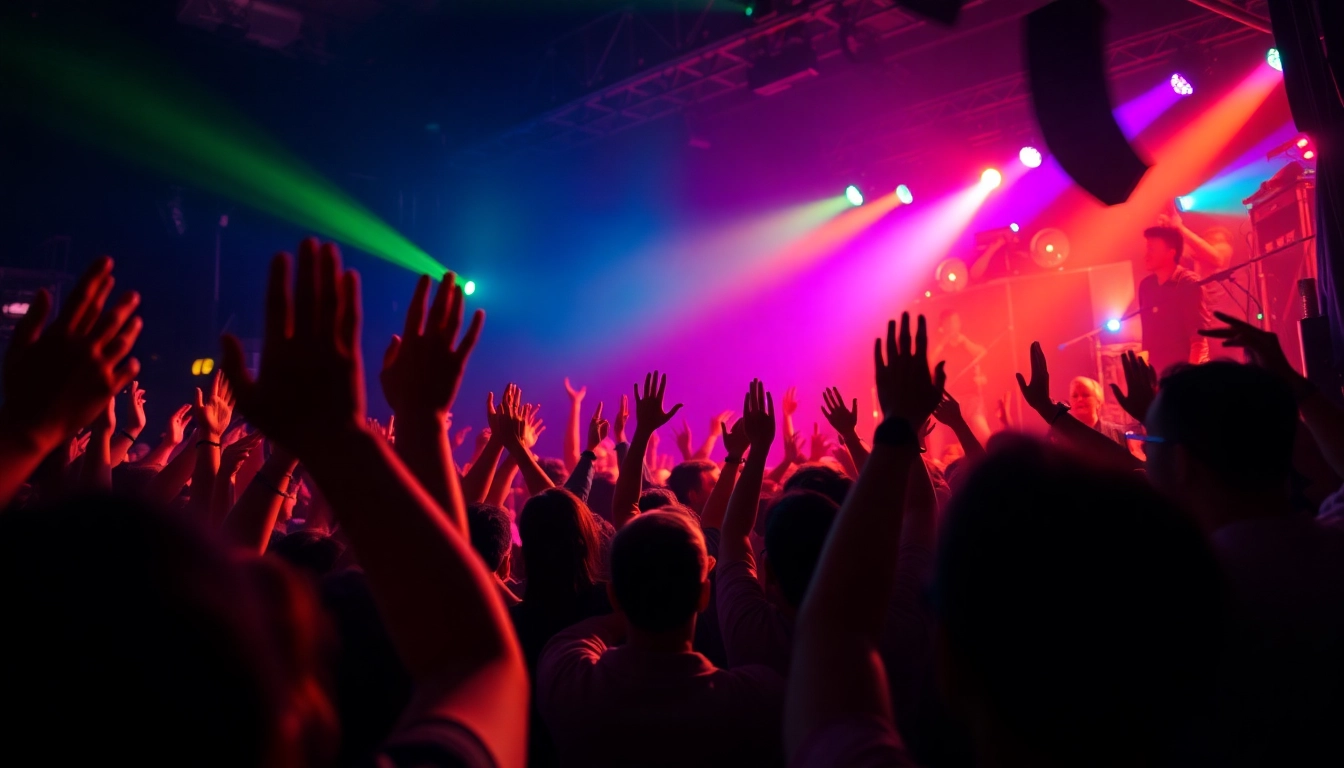

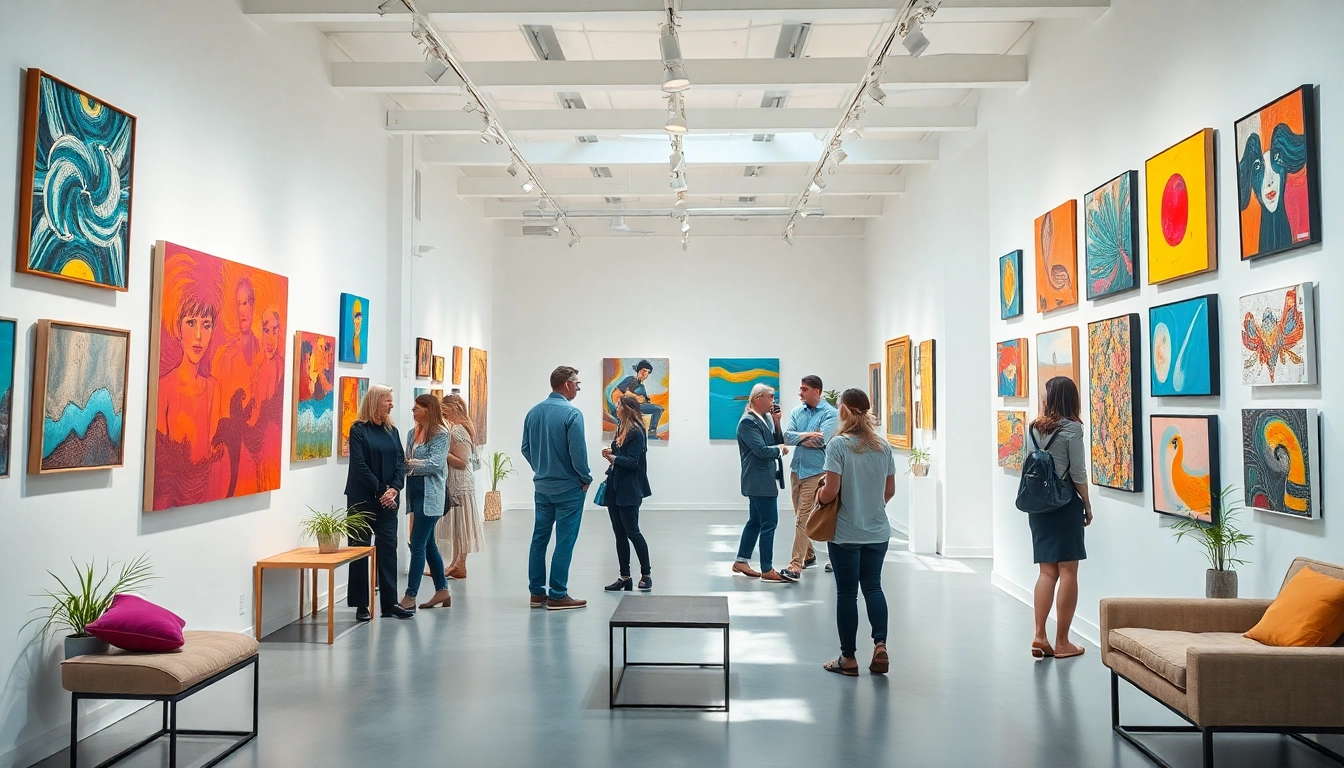
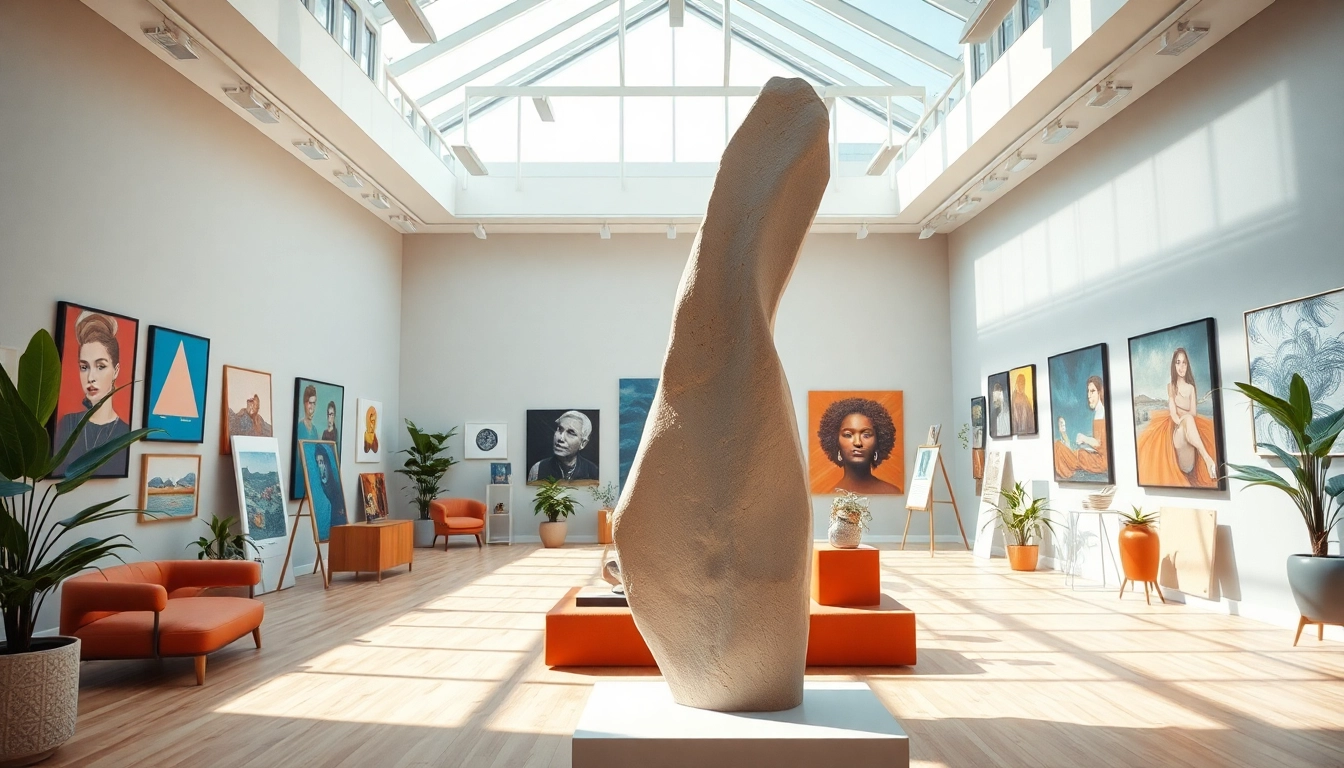

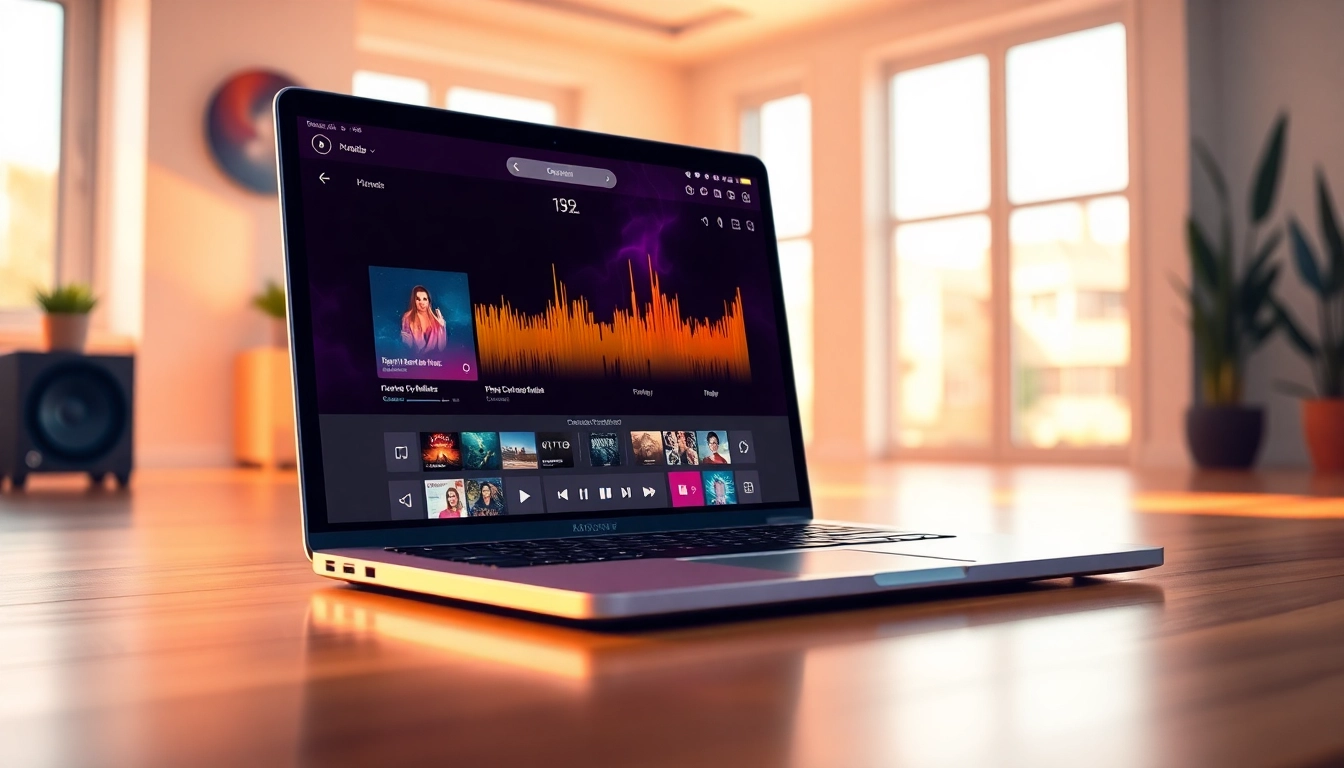
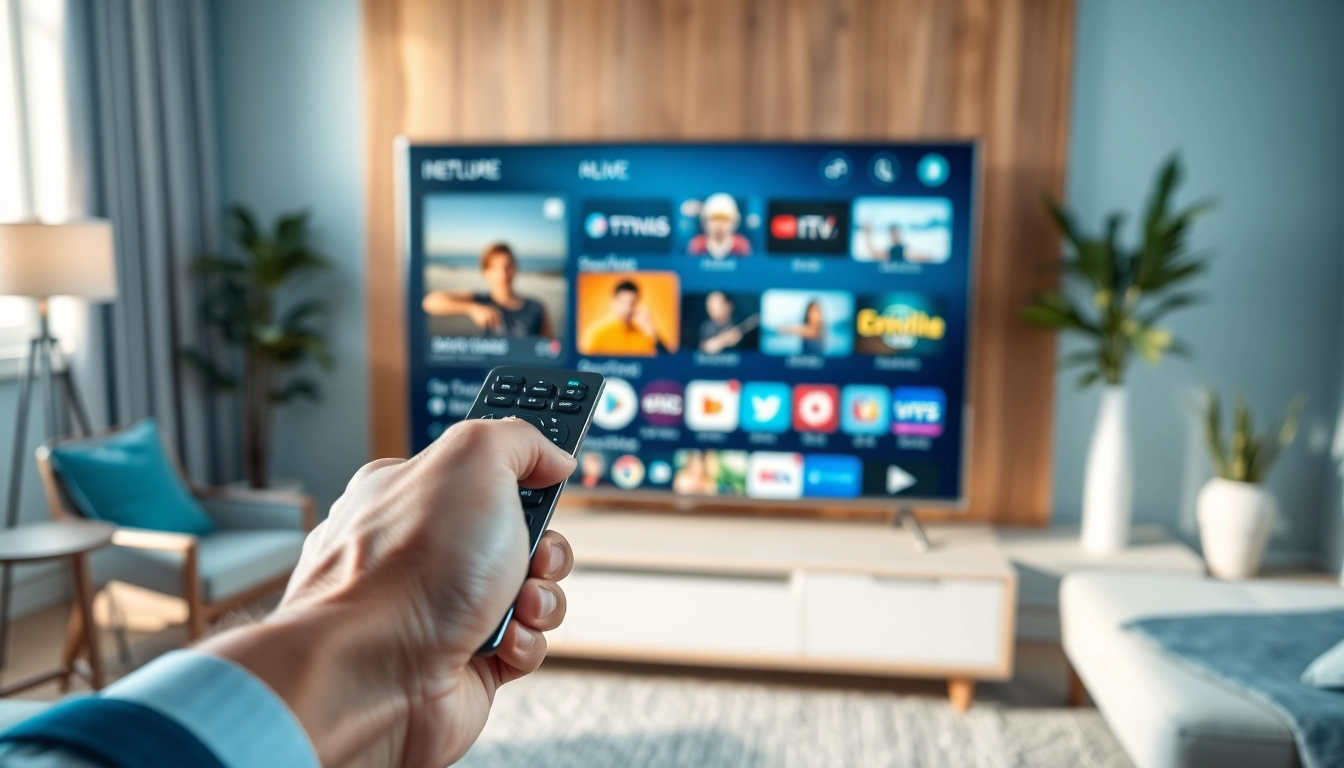
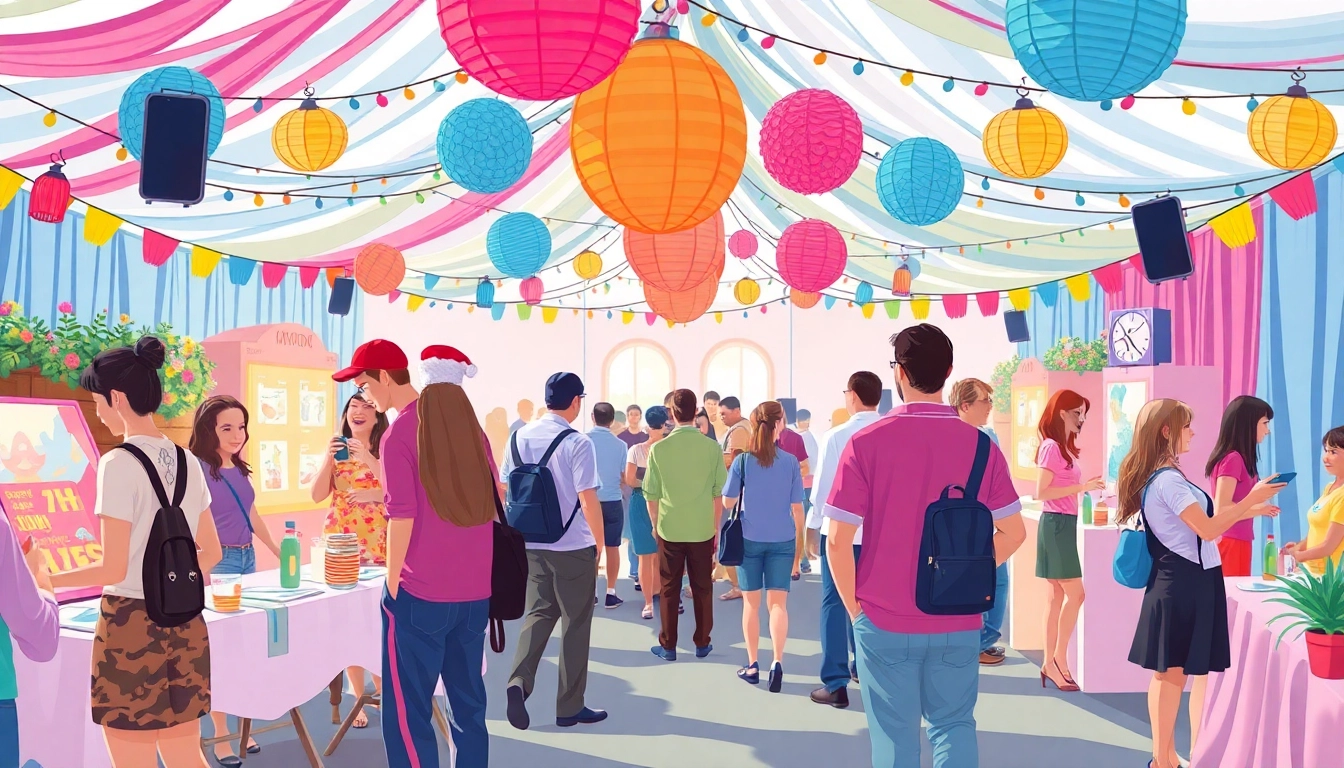
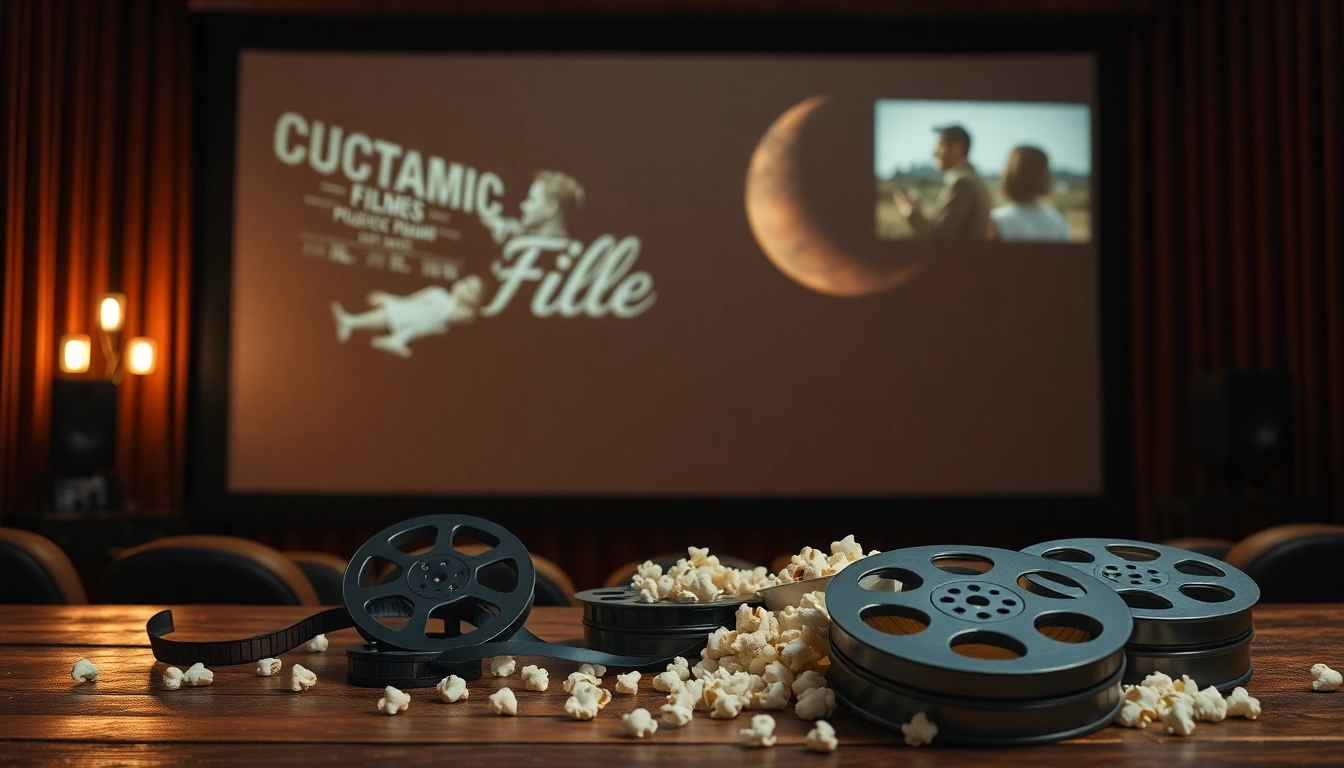
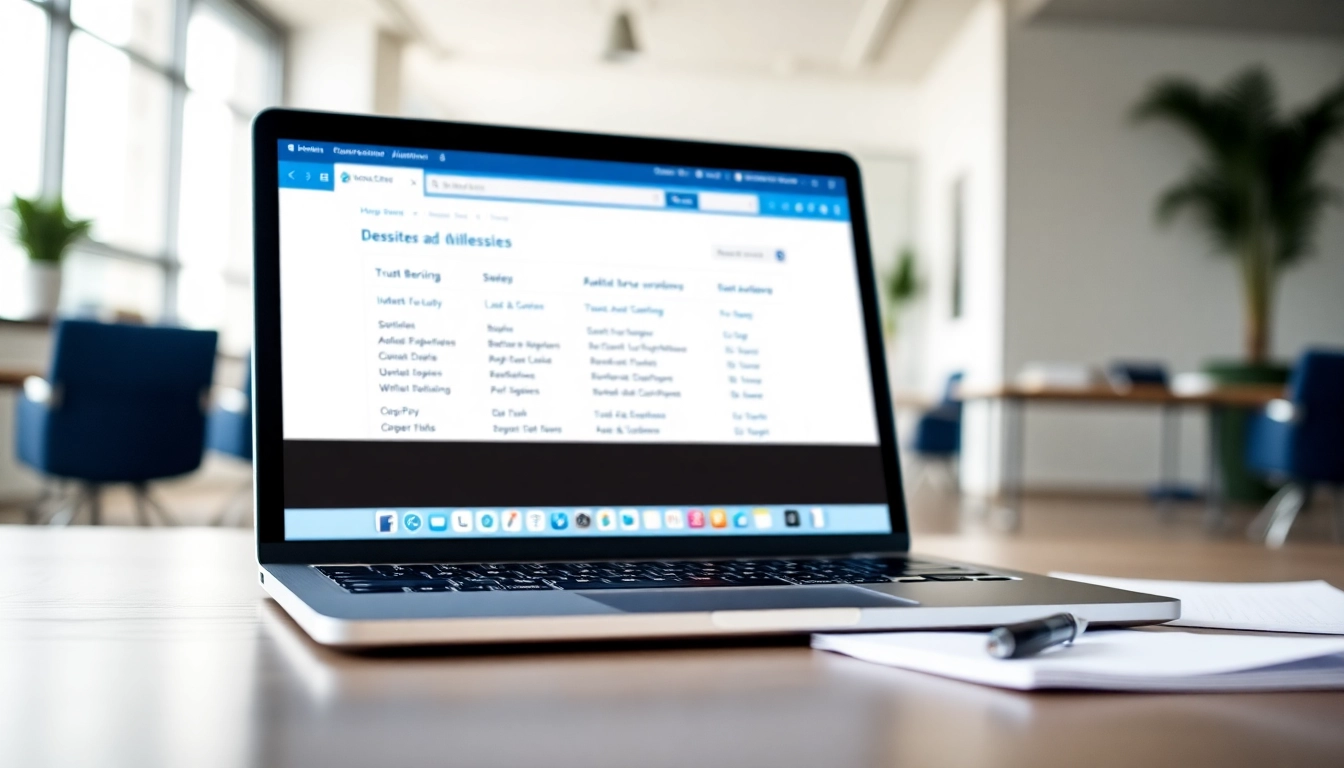



Leave a Reply